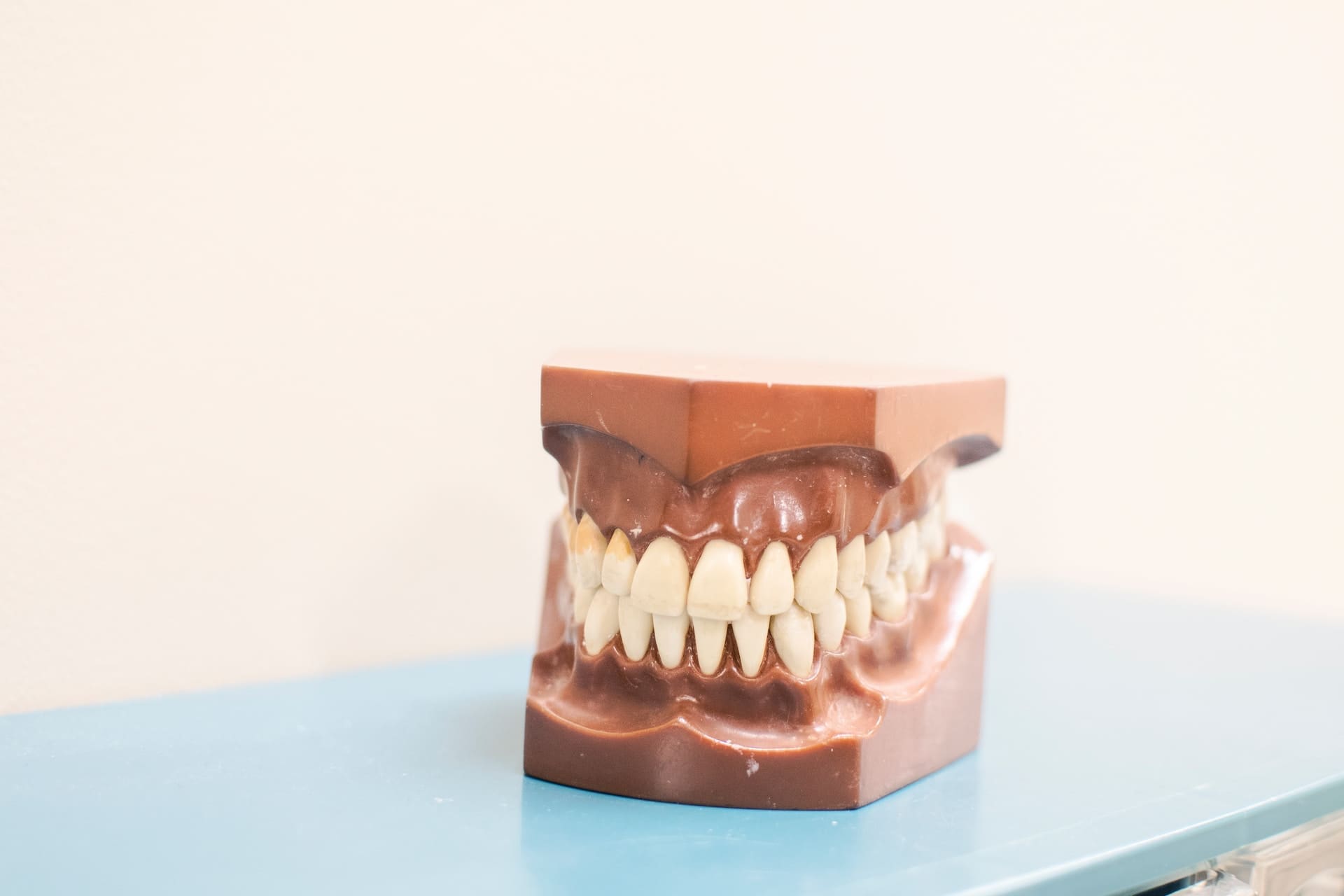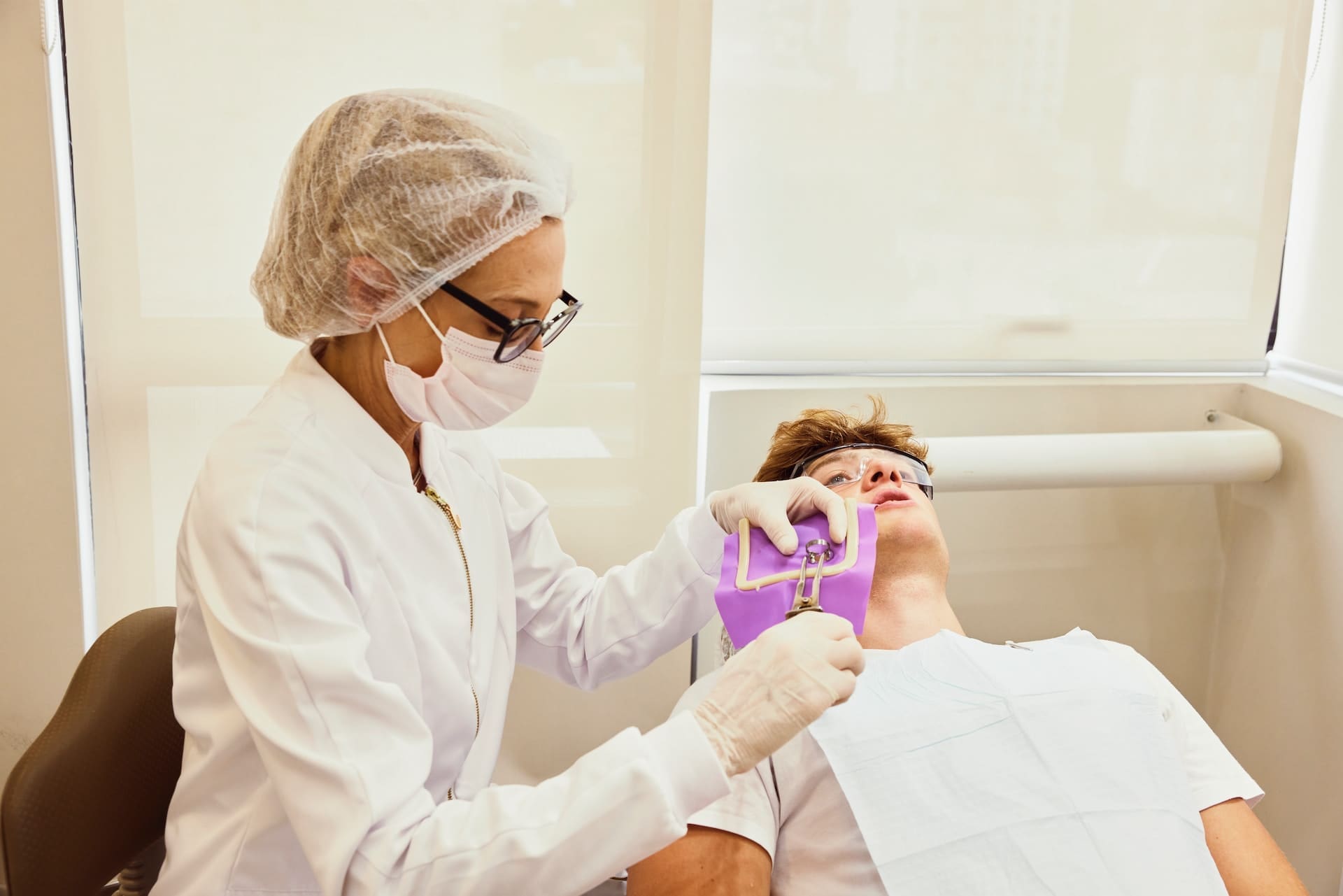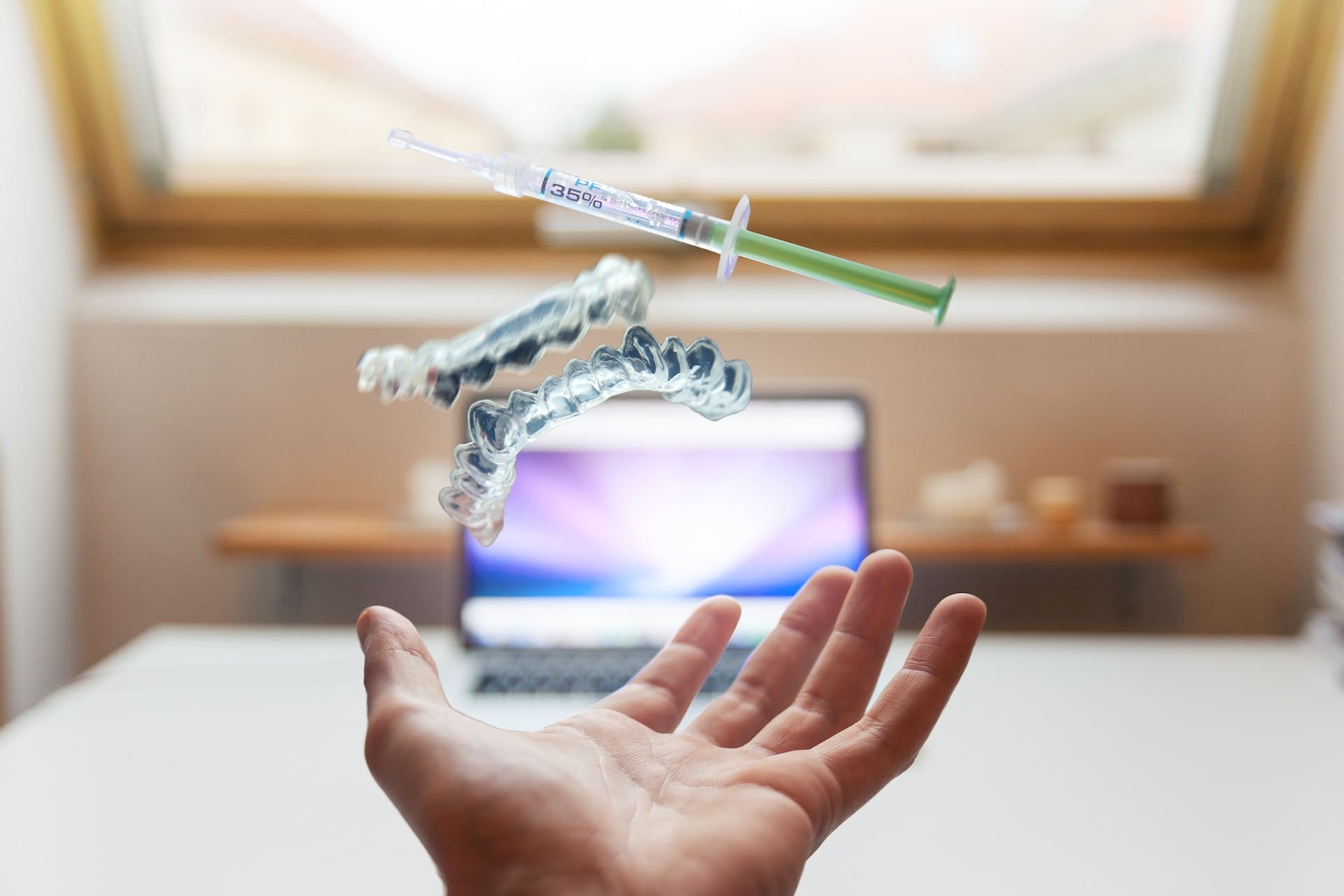
What to Expect After a Frenectomy : A Recovery Guide
If you or someone you know is scheduled to have a frenectomy or lip-tie procedure, it’s common to wonder what to expect in terms of
Home » Archives for May 2023

If you or someone you know is scheduled to have a frenectomy or lip-tie procedure, it’s common to wonder what to expect in terms of

Cosmetic dentistry has come a long way in recent years and has become an increasingly popular treatment option for people looking to improve their oral

Tongue tie, or ankyloglossia, is a condition that occurs when the lingual frenulum, the band of tissue connecting the underside of the tongue to the

Dental implants are among the most popular choices for replacing missing teeth. They are designed to replace the roots of missing teeth and provide a

Maintaining good oral hygiene is essential, especially when you are undergoing orthodontic treatment with Invisalign. Keeping your aligners clean and free from bacteria is crucial